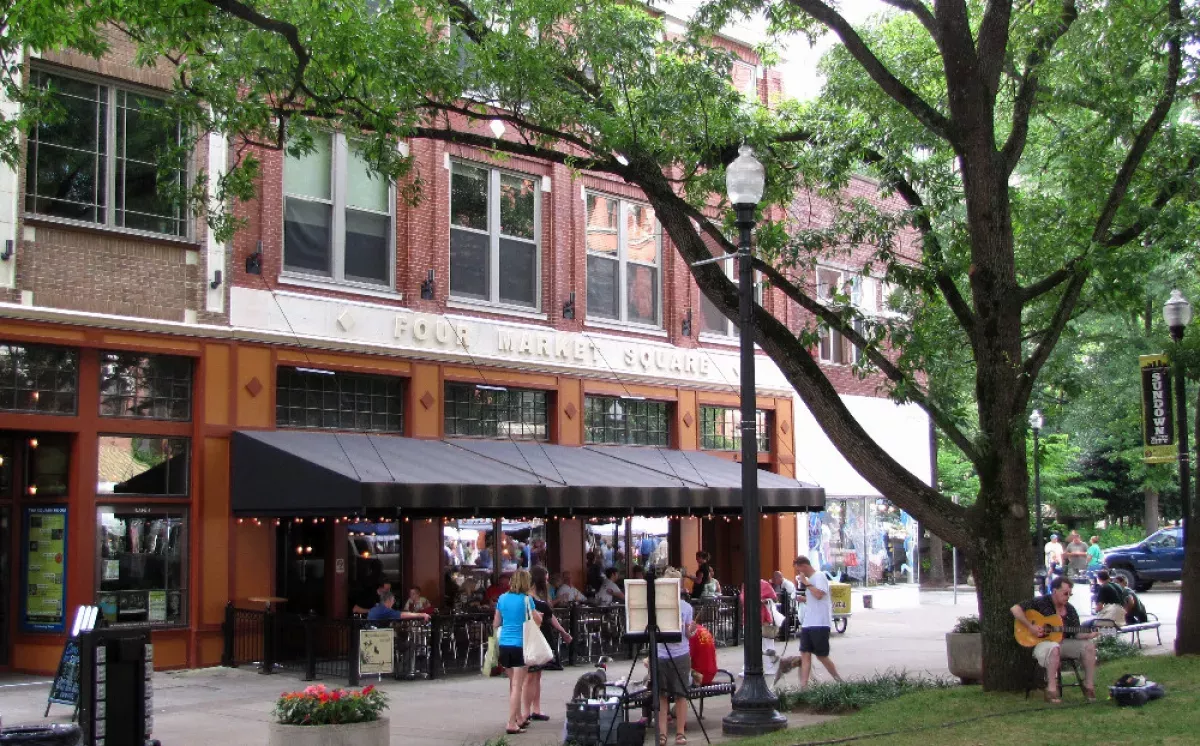Knoxville is a city in Tennessee, located on the Tennessee River. It serves as the county seat of Knox County. According to the 2020 census, Knoxville had a population of 190,740, making it the largest city in East Tennessee and the third largest in the state overall, following Nashville and Memphis. Knoxville is the main city within the Knoxville metropolitan area, which, as of 2020, had a population of 879,773.
1900: Population Growth
Knoxville's population grew significantly, reaching 32,637 in 1900, due to a post-war manufacturing boom which attracted many immigrants.
1901: Kid Curry's Capture and Escape
Train robber Kid Curry (Harvey Logan) was captured in Knoxville in 1901 after shooting two deputies, but escaped from jail.
1904: Housing Boom
Between 1895 and 1904, over 5,000 new homes were built in Knoxville following West Knoxville's annexation in 1897.
1910: Appalachian Exposition
Knoxville hosted the Appalachian Exposition in 1910.
1911: Appalachian Exposition
Knoxville hosted the Appalachian Exposition in 1911.
1912: Robert Love Taylor Burial
Governor Robert Love Taylor, Peter Taylor's grandfather, was initially buried in Old Gray Cemetery in Knoxville in 1912.
1913: National Conservation Exposition
The National Conservation Exposition was held in Knoxville in 1913, potentially influencing the movement to create the Great Smoky Mountains National Park.
1914: Candoro Marble Works
In 1914, the Candoro Marble Works was established in Vestal, becoming the nation's leading producer of pink marble and a major marble importer.
1915: The Seas of God Publication
Anne W. Armstrong's novel "The Seas of God," set in a fictionalized version of Knoxville, was published in 1915.
1924: The Knoxville Girl Recording
The traditional Appalachian ballad "The Knoxville Girl" was first recorded in 1924.
1930: St. James Sessions
Several early country music songs, including "Satan is Busy In Knoxville" by Leola Manning, were recorded in Knoxville as part of the "St. James Sessions" in 1930.
1933: Great Smoky Mountains National Park Opens
The Great Smoky Mountains National Park, championed by Knoxville businessman Colonel David C. Chapman, officially opened in 1933.
1933: Tennessee Valley Authority (TVA)
The Tennessee Valley Authority (TVA) was created in 1933 to address flooding and economic hardship in the Tennessee Valley. TVA built dams and power plants, including Norris Dam, providing flood control, jobs, and electricity.
1935: Knoxville Symphony Orchestra Established
The Knoxville Symphony Orchestra (KSO) was established in 1935, becoming the oldest continuing orchestra in the southeast.
December 1937: Auf der Schattenseite von Knoxville Publication
Annemarie Schwarzenbach's essay "Auf der Schattenseite von Knoxville," about her visit to the city in the 1930s, was published in the December 1937 edition of National Zeitung.
1938: James Agee's Prose Inspiration
James Agee's prose, published in 1938, served as the inspiration for Samuel Barber's "Knoxville: Summer of 1915."
1943: Rachmaninoff's Final Concert
Sergei Rachmaninoff performed his final concert in 1943 at the University of Tennessee's Alumni Memorial Auditorium in Knoxville.
1947: "Ugliest City" Label
In 1947, John Gunther called Knoxville the "ugliest city" in America, prompting the city to implement beautification projects.
1947: Knoxville: Summer of 1915 Composition
Samuel Barber's "Knoxville: Summer of 1915," a voice and orchestra piece based on James Agee's prose, was composed in 1947.
1949: Woman In Hiding Filming
The film noir "Woman In Hiding," starring Ida Lupino, was filmed in Knoxville in 1949.
1950: The Road Without Turning Publication
The first part of James Herman Robinson's autobiography, "The Road Without Turning," published in 1950, takes place in Knoxville.
1957: A Death in the Family Publication
James Agee's posthumous autobiographical novel "A Death in the Family," portraying life in Knoxville and the impact of his father's death, was published in 1957.
February 13, 1960: Record One-Day Snowfall
Knoxville's highest one-day snowfall, 17.5 inches (44 cm), was recorded on February 13, 1960.
1962: Annexation of Bearden and Fountain City
Knoxville annexed the communities of Bearden and Fountain City, its largest suburbs at the time, in 1962.
1968: Last L&N Train
The last train operated from the Louisville and Nashville Railroad's L&N Station in Knoxville in 1968.
1970: Last Southern Railway Train
The last train operated from the Southern Railway's Southern Terminal in Knoxville in 1970.
1972: Kyle Testerman Becomes Mayor
Kyle Testerman's first term as mayor began in 1972.
1974: Bijou Publication
David Madden's novel "Bijou," set in the fictional city of "Cherokee" based on Knoxville, was published in 1974.
1975: Kyle Testerman Leaves Office
Kyle Testerman left the mayor's office in 1975.
1976: Randy Tyree Becomes Mayor
Randy Tyree began his time as mayor in 1976.
1979: AC Entertainment Promotes Knoxville Music Scene
AC Entertainment began promoting Knoxville's underground music scene around 1979.
1979: Suttree Publication
Cormac McCarthy's semi-autobiographical novel "Suttree," set in Knoxville, was published in 1979.
1980: Failed Annexation of Farragut-Concord and Incorporation of Farragut
Knoxville's attempt to annex Farragut-Concord failed, leading to the incorporation of Farragut in 1980.
1982: Malfunction Junction Reconstruction
Before its reconstruction for the 1982 World's Fair, the I-75 (now I-275) and I-40 interchange in Knoxville was known as "Malfunction Junction" due to its frequent traffic jams.
1982: 1982 World's Fair
The 1982 World's Fair significantly boosted Knoxville's economy and revitalized the city. It became one of the most popular expositions in U.S. history with eleven million visitors.
1982: World's Fair Structures
The Sunsphere and the Tennessee Amphitheater were built for the 1982 World's Fair in Knoxville and are the only two remaining structures from the event.
1983: Randy Tyree Leaves Office
Randy Tyree left the mayor's office in 1983.
1984: Kyle Testerman Returns as Mayor
Kyle Testerman's second term as mayor began in 1984.
January 21, 1985: Record Low Temperature
Knoxville experienced its record low temperature of -24 °F (-31 °C) on January 21, 1985.
1985: The Man in the Overstuffed Chair Publication
Tennessee Williams' 1985 short story "The Man in the Overstuffed Chair" describes his father's death in a Knoxville hospital and burial at Old Gray Cemetery.
July 1, 1987: Merger of School Boards and Planning Commissions
Knoxville's school boards and planning commissions merged with Knox County's on July 1, 1987.
1987: Victor Ashe Becomes Mayor
Victor Ashe began serving as mayor in 1987.
1990: Knoxville Museum of Art Opens
The modern Knoxville Museum of Art opened in 1990.
1994: Pulp Fiction Reference
In the 1994 film "Pulp Fiction," Bruce Willis's character and the watch he receives are from Knoxville, reflecting director Quentin Tarantino's birthplace.
1994: In the Tennessee Country Publication
Peter Taylor's 1994 novel "In the Tennessee Country" refers to a "Knoxville cemetery," possibly Old Gray Cemetery where his grandfather was buried.
1999: October Sky Filming
In 1999, the film "October Sky" was filmed in Knoxville.
2000: Combined Statistical Area Population
As of the 2000 Census, the Knoxville-Sevierville-La Follette Combined Statistical Area had a population of 935,659.
2000: Road Trip Filming
In 2000, scenes for the film "Road Trip" were shot at the University of Tennessee campus in Knoxville.
2000: Downtown Revitalization
Since 2000, Knoxville has seen growth and revitalization in its downtown area, including the opening of new attractions, businesses, and the renovation of historic theaters.
2000: Previous Knoxville Population Reference
The 2010 census data referenced the population of Knoxville in 2000 to show a 2.9% increase.
2002: Daddy's Gone to Knoxville Release
Mark Knopfler released the song "Daddy's Gone to Knoxville" on his solo album "The Ragpicker's Dream" in 2002.
2003: Victor Ashe Leaves Office
Victor Ashe left the mayor's office in 2003.
2004: The Heart Is Deceitful Above All Things Filming
In 2004, scenes from the film "The Heart Is Deceitful Above All Things" were filmed in Knoxville.
2005: Start of Knoxville Household Data Collection Period
The period from 2005 to 2009 was used to collect data on Knoxville households, as reported by the Census.
2006: Knoxville Affordability for College Graduates
A 2006 study by the Economic Research Institute ranked Knoxville as the most affordable U.S. city for new college graduates.
2006: South Waterfront Vision Plan
In 2006, the city of Knoxville adopted the South Waterfront Vision Plan, aiming to revitalize the 750-acre waterfront along the Tennessee River over 20 years, focusing on commercial and residential development.
2007: Knoxville Retail
In 2007, Knoxville had 182 shopping centers, factory outlets, and over 2,400 retail establishments. Retailers reported $6.47 billion in sales.
2007: Registered Businesses in Knoxville
Over 19,000 businesses were registered in Knoxville in 2007.
2007: North Knoxville Business Park Study
The Knoxville-Knox County Metropolitan Planning Commission prepared a study in 2007, which first proposed the business park project along the I-275 corridor in North Knoxville.
2008: Estimated Combined Statistical Area Population
In 2008, the estimated population of the Knoxville-Sevierville-La Follette Combined Statistical Area was 1,041,955.
2009: Knoxville Household Data
Data from 2005-2009 showed 83,151 households in Knoxville, with a median income of $32,609.
2009: Knoxville Manufacturing
In 2009, Knoxville had over 700 manufacturing establishments. Sea Ray Boats was the largest, employing 760 people. Other significant manufacturers included ARC Automotive, Key Safety Systems, Melaleaca, Coca-Cola, Gerdau Ameristeel, and Cirrus.
2009: Big Ears Festival Begins
The Big Ears music festival began in Knoxville in 2009.
2010: Knoxville Radio Station Rankings
In 2010, WIVK had the largest market share (16.3) in Knoxville.
2010: Knoxville College Enrollment
Knoxville College had an enrollment of about 100 students in 2010.
2010: ACCRA Cost of Living Index
Knoxville's ACCRA Cost of Living Index was 89.6 in 2010, compared to a national average of 100.
2010: Knoxville Population and Demographics
The 2010 census recorded Knoxville's population as 178,874, a 2.9% increase from 2000.
January 2011: Daniel Brown Becomes Interim Mayor
Daniel Brown became the first African American interim mayor of Knoxville in January 2011.
2011: Knox County Hospital System Overview
As of 2011, the University of Tennessee Medical Center was the largest hospital in Knoxville with 581 beds, followed by Fort Sanders Regional Medical Center (541 beds), Parkwest Medical Center (462 beds), and Physicians Regional (370 beds). The largest ambulatory surgery center was the Parkwest Surgery Center.
2011: Knox County Schools Statistics
In 2011, Knox County Schools oversaw 89 schools with over 56,000 students. High schools had an 86.6% graduation rate.
2011: Knoxville Radio Market Size
In 2011, Knoxville had the nation's 72nd-largest radio market with 684,700 households, according to Arbitron.
2011: Pellissippi State Enrollment
In 2011, Pellissippi State Community College had over 11,000 students system-wide.
2011: Knoxville MSA Workforce and Economic Data
In 2011, government entities employed 15.9% of the Knoxville MSA workforce. The unemployment rate was 7.9%.
2011: Knoxville News Sentinel Circulation
In 2011, the Knoxville News Sentinel had a daily circulation of 97,844 and a Sunday circulation of 124,225.
2011: University of Tennessee Enrollment and Endowment
In 2011, the University of Tennessee had over 27,000 students and over $300 million in endowments.
2011: Tombras Group Revenue
Tombras Group reported $80 million in revenue in 2011.
2011: Knox County Mortgage Lender Data
Wells Fargo was Knox County's largest mortgage lender in 2011, with over $300 million in volume.
July 1, 2012: Record High Temperature
Knoxville experienced its record high temperature of 105 °F (41 °C) on July 1, 2012.
2012: Pilot Flying J and H.T. Hackney Company Revenue
In 2012, Pilot Flying J reported over $29.23 billion in revenue, and H.T. Hackney Company reported $3.8 billion in revenue.
2012: Johnson University Enrollment
Johnson University had an enrollment of 845 students in 2012.
2012: Largest Accounting Firms in Knoxville
Pershing Yoakley & Associates was Knoxville's largest accounting firm in 2012, with 49 local CPAs.
2012: Knoxville Metropolitan Area Population
The population of the Knoxville Metropolitan Area reached 837,571 in 2012.
2014: Big Ears Festival Recognized
In 2014, Rolling Stone called the Big Ears festival the "most ambitious avant-garde festival in America in more than a decade".
2015: Knoxville College Closes
Knoxville College closed permanently in 2015.
2016: Demolition of Knoxville Baptist Hospital
Knoxville Baptist Hospital, situated on the waterfront, was demolished in 2016 to pave the way for One Riverwalk, a mixed-use project.
2017: Knoxville Air Quality Improvement
According to the American Lung Association's State of the Air 2017 report, Knoxville's air quality significantly improved in the 2010s compared to previous decades.
2017: The Last Movie Star Filming
In 2017, "The Last Movie Star," one of Burt Reynolds' last films, was filmed in Knoxville.
2017: FBI Uniform Crime Reports
The FBI Uniform Crime Reports for Knoxville were released for the year 2017.
December 21, 2019: Indya Kincannon Becomes Mayor
Indya Kincannon was sworn in as Knoxville's second female mayor on December 21, 2019.
June 2020: Investment in North Knoxville Business Park
In June 2020, Knoxville City Council announced a $5.5 million investment in a business park along the I-275 corridor in North Knoxville.
August 2020: Proposed Baseball Stadium Complex
In August 2020, Randy Boyd, president of the University of Tennessee and owner of the Tennessee Smokies, unveiled plans for a mixed-use baseball stadium complex in the Old City neighborhood.
2020: Knoxville Population
According to the 2020 United States census, Knoxville had a population of 190,740.
2020: 2020 Census
As of the 2020 United States census, Knoxville's population reached 190,740, making it the largest city in the East Tennessee Grand Division and the state's third most populous city after Nashville and Memphis. The Knoxville metropolitan area's population reached 879,773 in 2020.
2021: Knox County Health Rankings
In 2021, Knox County ranked 13th out of 95 counties in Tennessee for health. Life expectancy was 76.3 years. The report noted a lower percentage of smokers and obese population compared to the state average, but higher rates of excessive drinking and drug overdoses.
2021: TVA Revenue
The Tennessee Valley Authority (TVA) reported $10.5 billion in revenue in 2021.
2023: First Horizon Bank and Updated Deposits
First Horizon Bank held $2.6 billion in local deposits in Knoxville, updated to approximately $3.41 billion in 2023.
2023: H.T. Hackney Company Revenue Update
The H.T. Hackney Company's revenue reached approximately $4.9 billion in 2023.
Mentioned in this timeline

Coca-Cola is a globally recognized cola soft drink produced by...

Wells Fargo Company is a multinational financial services institution operating...
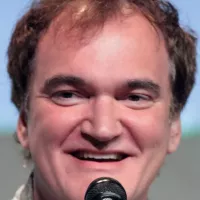
Quentin Tarantino is a highly influential American filmmaker actor and...
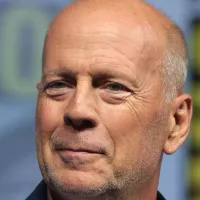
Walter Bruce Willis a retired American actor gained prominence for...
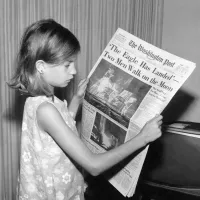
News encompasses information about current events disseminated through various media...
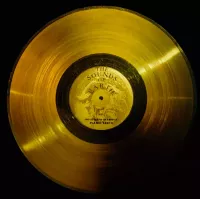
Music is a cultural universal involving the arrangement of sound...
Trending
3 days ago Mario and Courtney Lopez celebrate 13 years of marriage with loving tributes.
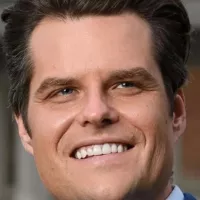
7 months ago Trump's DC prosecutor pick faces opposition after Nazi sympathizer praise apology.

7 months ago Adesanya Seeks Redemption: Eyes Strickland Rematch After Shocking UFC Title Loss.

9 months ago March Madness 2025: Brackets, Predictions, and Updates on Men's and Women's Tournaments

30 days ago Kendall Jenner Celebrates Her 30th Birthday with Nude Beach Photos and Bikini Looks
1 month ago Cruz Azul vs. Monterrey Liga MX Match: Live Stream, Score, Prediction and Odds
Popular
Matt and Ross Duffer known as the Duffer Brothers are...
Aftyn Alyssa Behn is an American politician currently serving as...

XXXTentacion born Jahseh Dwayne Ricardo Onfroy was a controversial yet...

Candace Owens is an American conservative political commentator and author...

Ilhan Omar is an American politician currently serving as the...
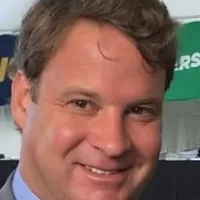
Lane Kiffin is an American football coach currently serving as...
